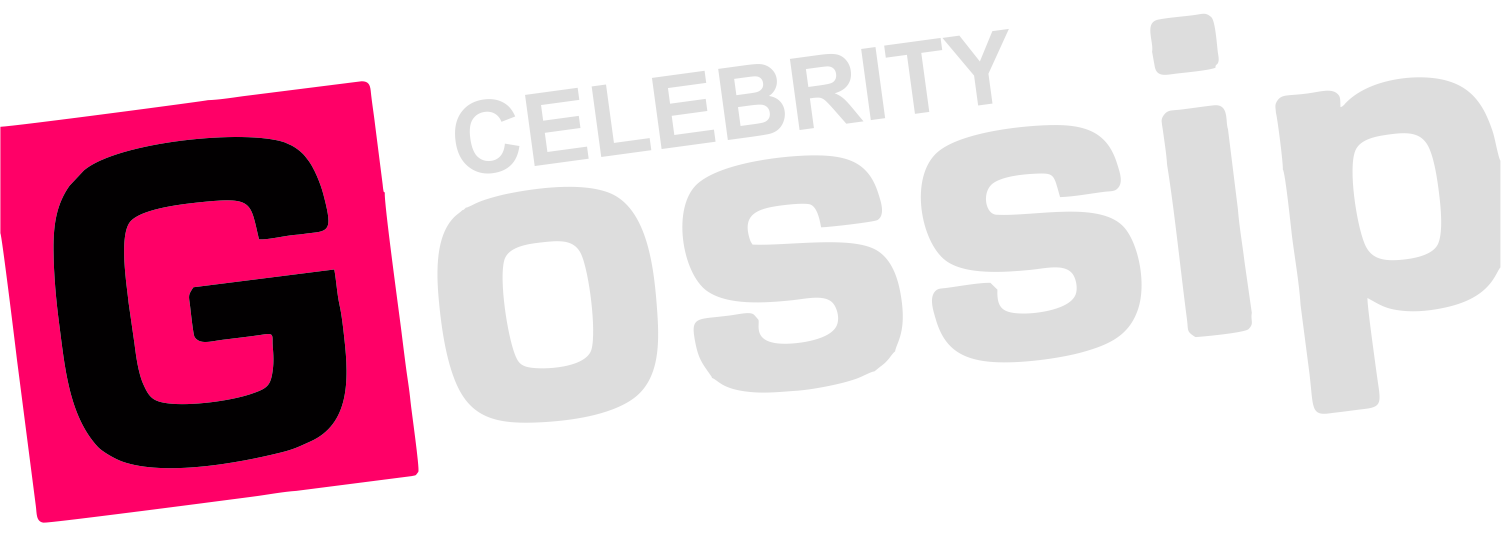Human-level performance, which OpenAI claims lets GPT-4 do even better than a real human being on SAT exams, is one of the most intriguing elements
Twitter boss Elon Musk took to the microblogging platform to react to the new talk of the town: GPT-4. The news of the updated and more capable artificial intelligence passing SAT exams with flying colours has surprised many.
While reacting to GPT-4, the billionaire was quick to market his brain-chip startup Neuralink. "What will be left for us humans to do? We better get a move on with Neuralink!" he wrote.
What will be left for us humans to do? We better get a move on with Neuralink!
— Elon Musk (@elonmusk) March 14, 2023
Recently, in its most recent iteration, OpenAI released the
GPT-4, its main large language model. The company claims that this new one
is even smarter and can produce better outcomes because it has been educated
on more data.
GTP-4 is already being used by Bing's AI chatbot,
according to a report from Microsoft reported by Ubergizmo. Judging by the
way things are going, consumer product chatbots will probably start using
this most recent version in the coming weeks.
The new model can
respond to images, for example, by producing tags and descriptions and
suggesting recipes based on images of the ingredients. It can process 25,000
words in total, which is around eight times as much as ChatGPT.
Human-level performance
Many of the AI demonstrations that mesmerised us over the past
six months have been powered by OpenAI's GPT language, but what was already
pretty good has gotten even better; the startup claims that the new model
will be able to reply with fewer factually incorrect answers.
The
so-called human-level performance, which the business claims lets GPT-4 do
even better than a real human being on SAT exams, is one of the more
intriguing elements, though. The new language received scores of 93% on the
SAT reading exam, 89% on the SAT math exam, and 90% on the bar exam in
simulated testing.
Is it truly the best?
Even with all of its power, GPT-4 still doesn't perform particularly
well when it comes to making things up. In a recent blog post, the company
claimed that its new product has limitations when it comes to social biases,
hallucinations, and adversarial prompts but that they are already working on
improvements.
According to a blog post by OpenAI, the differences
between GPT-4 and GPT 3.5 are not noticeable in casual conversations but
become apparent when the task's complexity exceeds a certain threshold
because the newer version is more reliable, creative, and equipped to handle
instructions with a variety of nuances.












